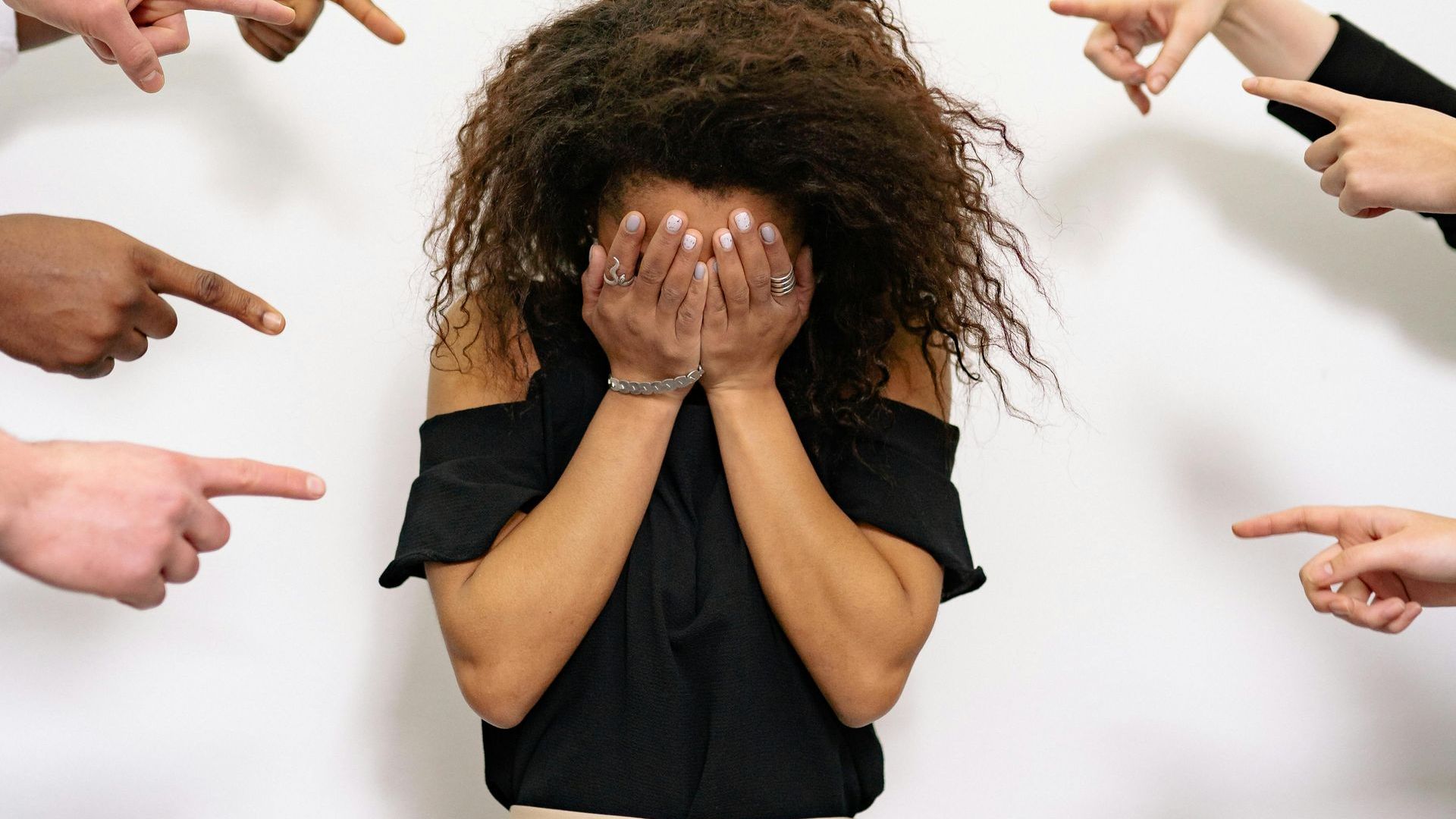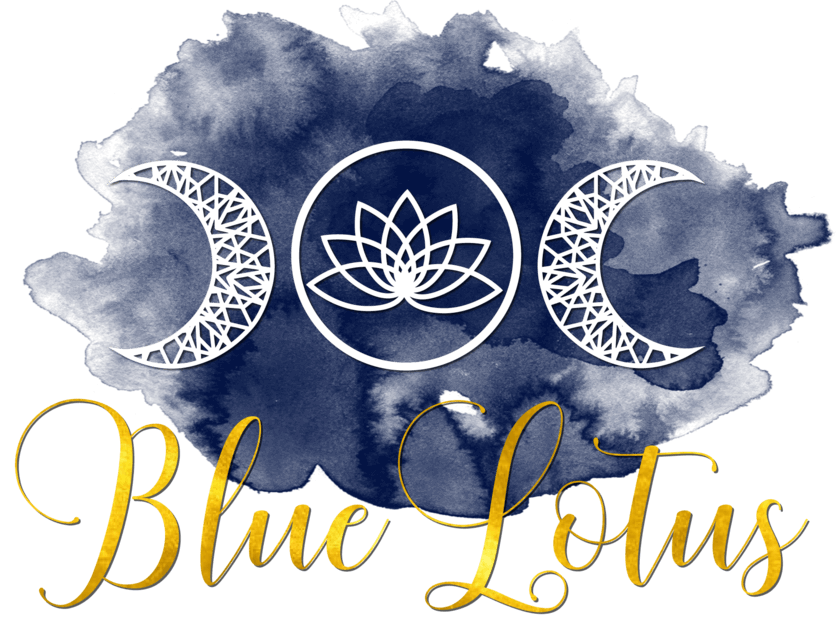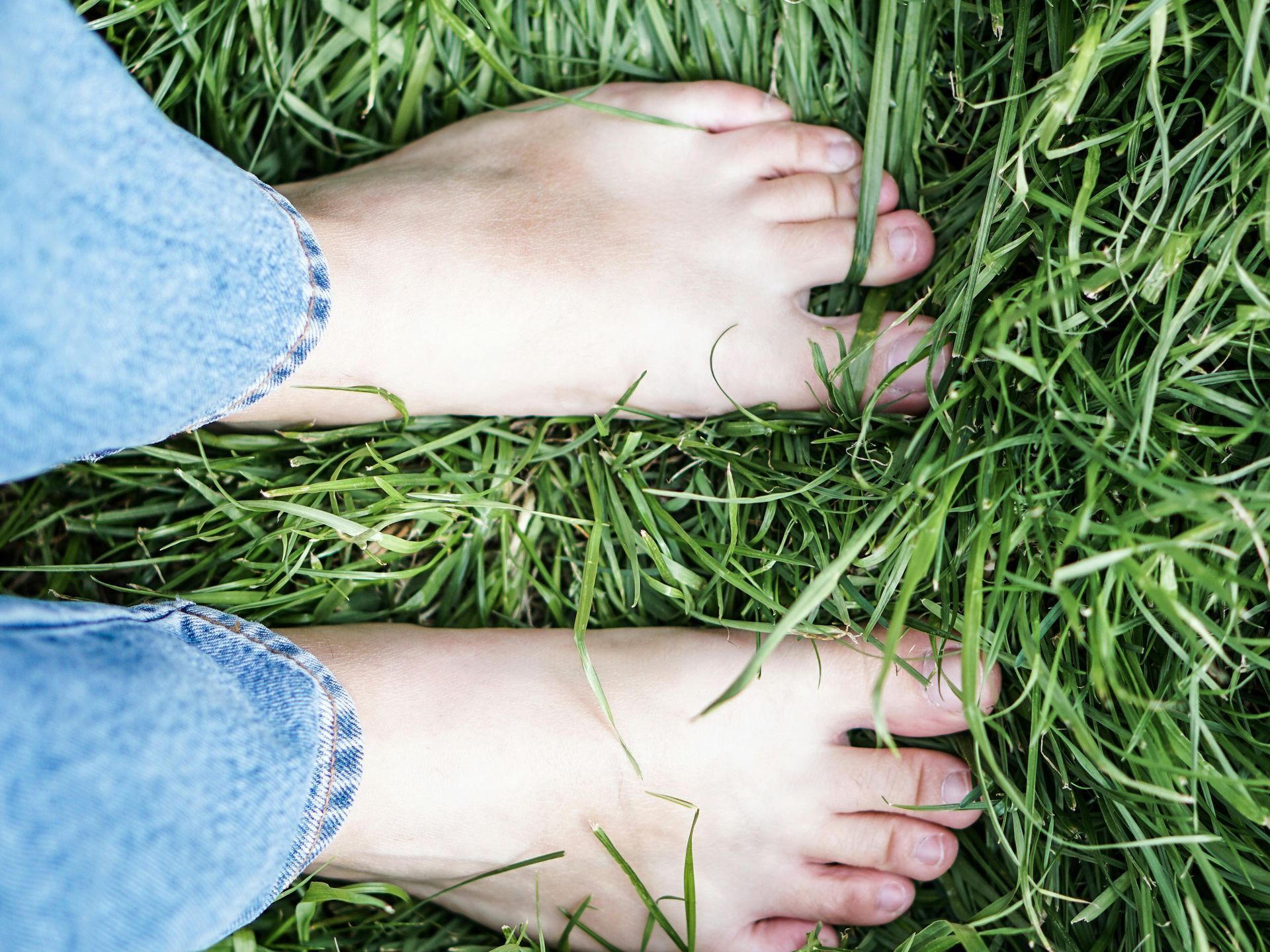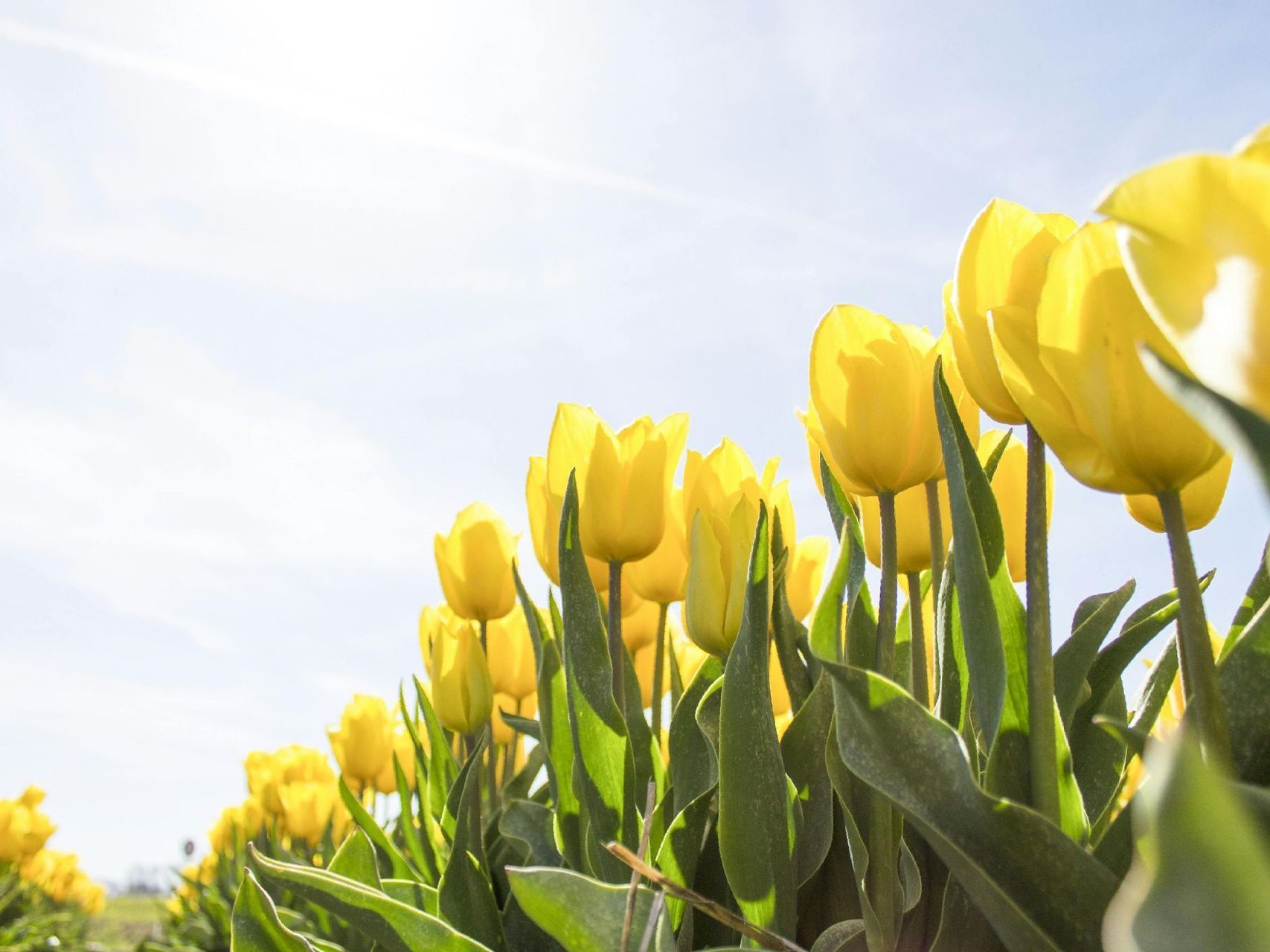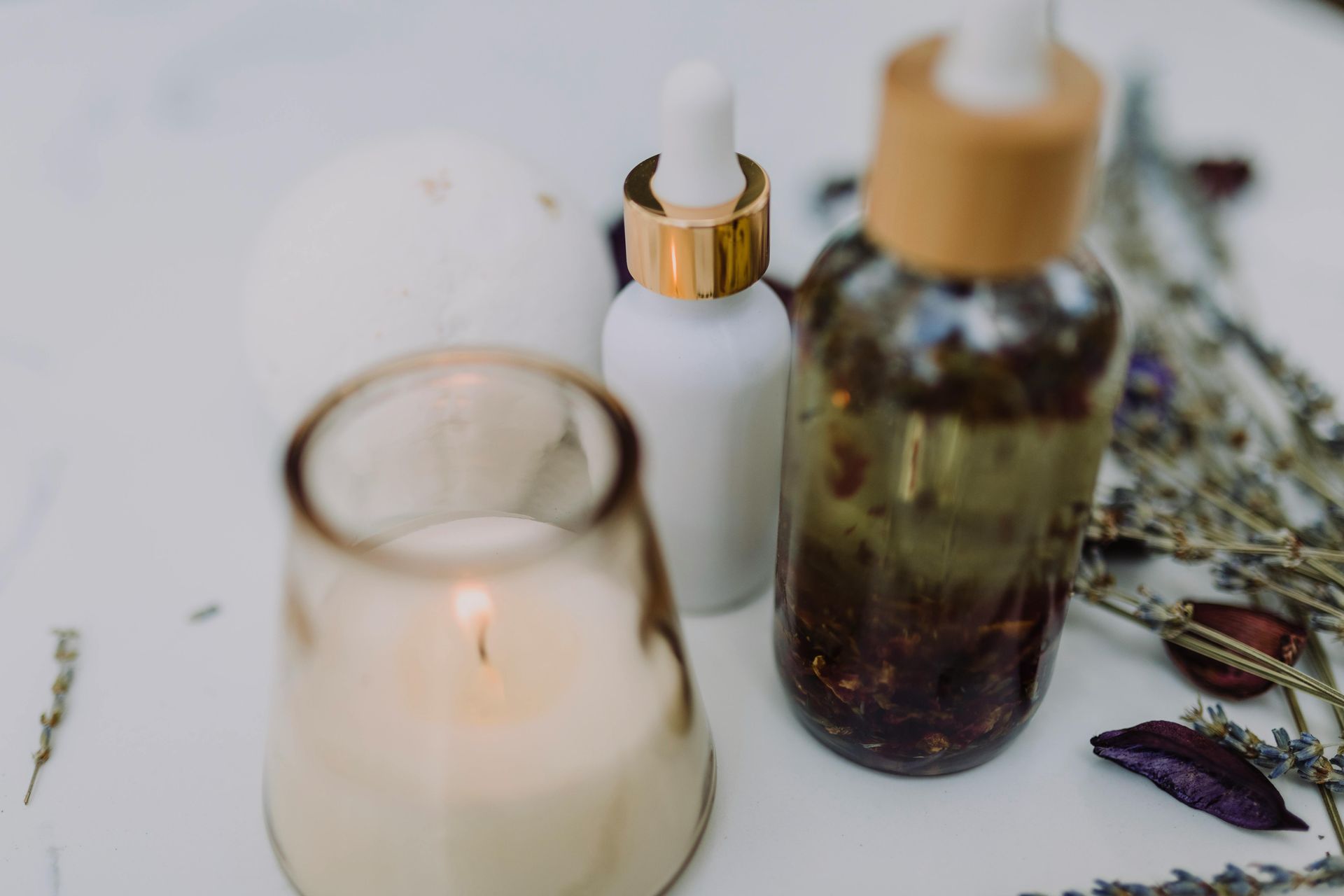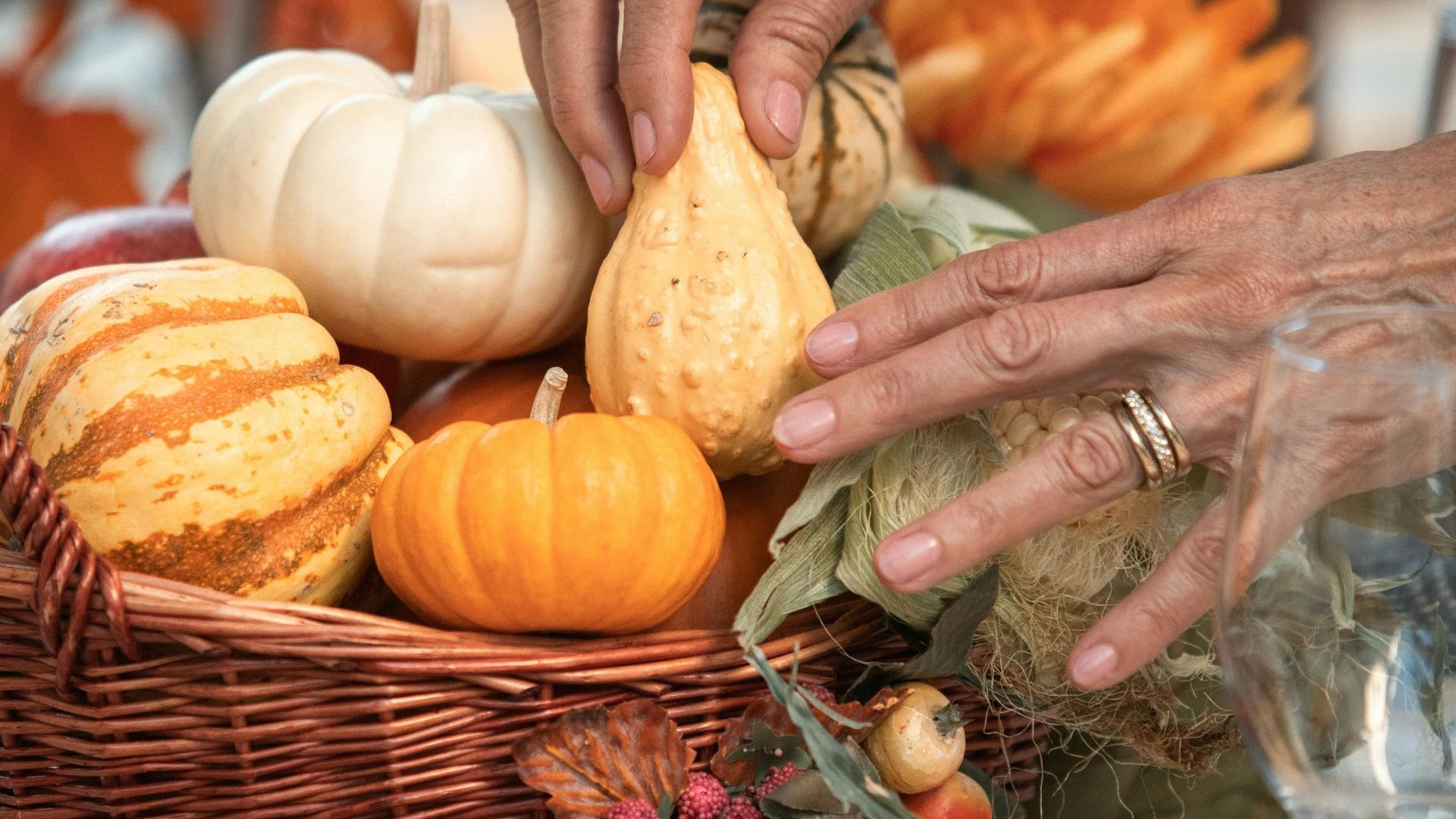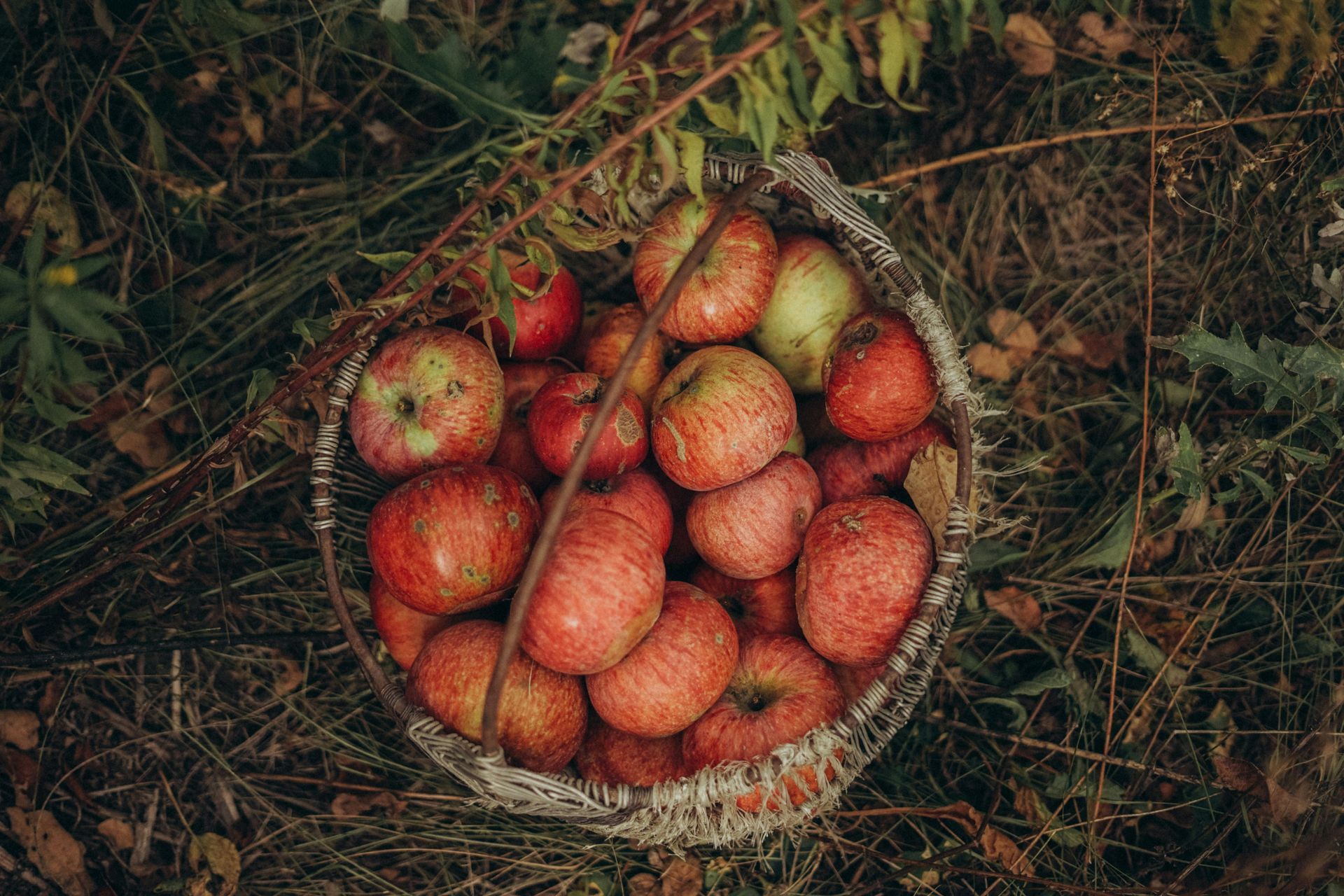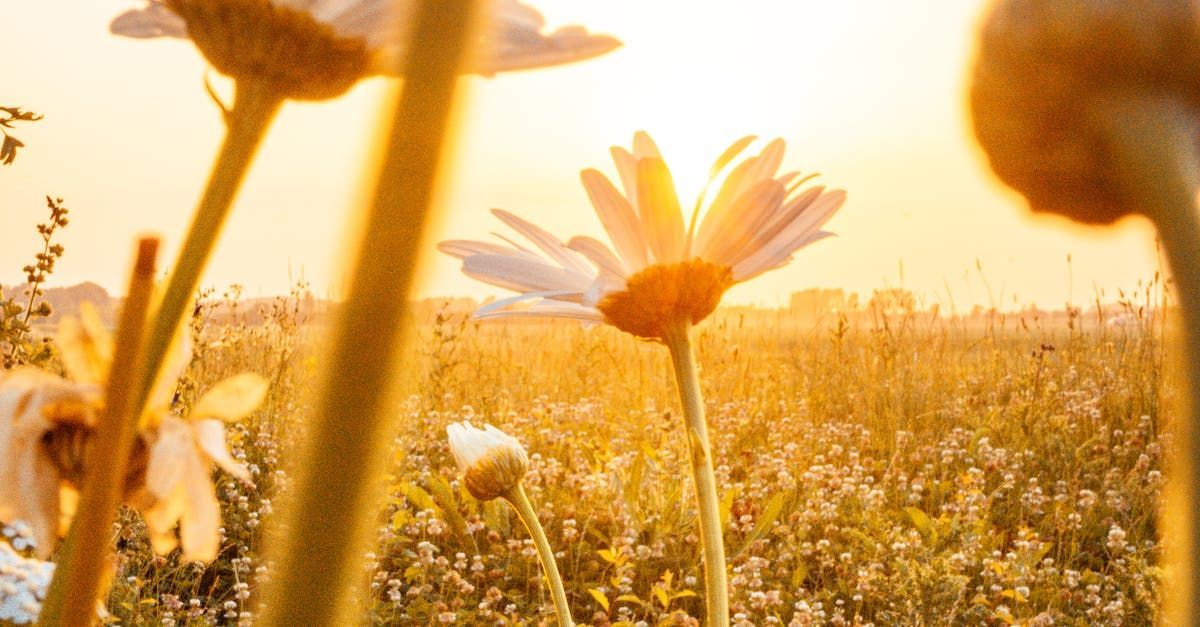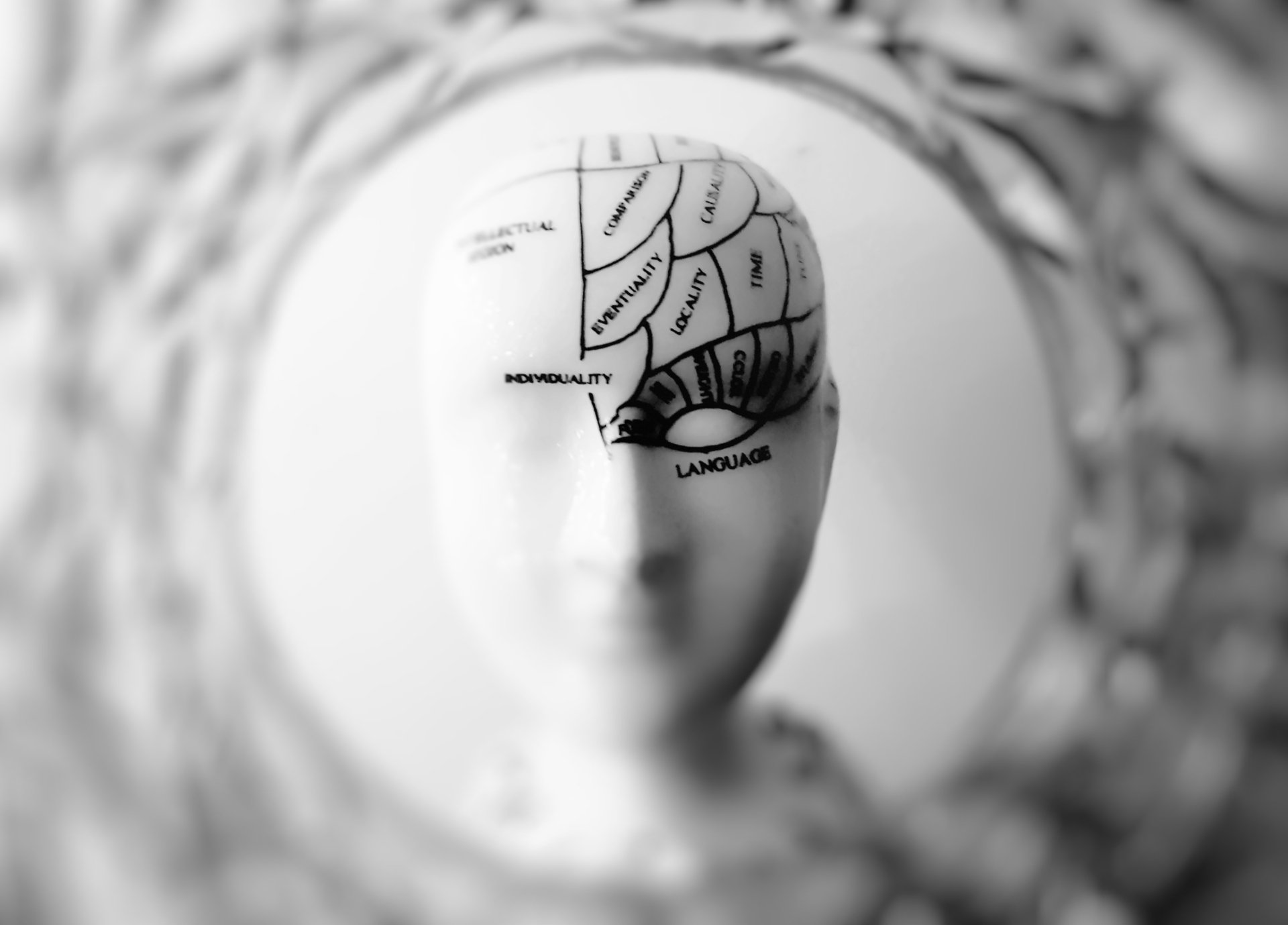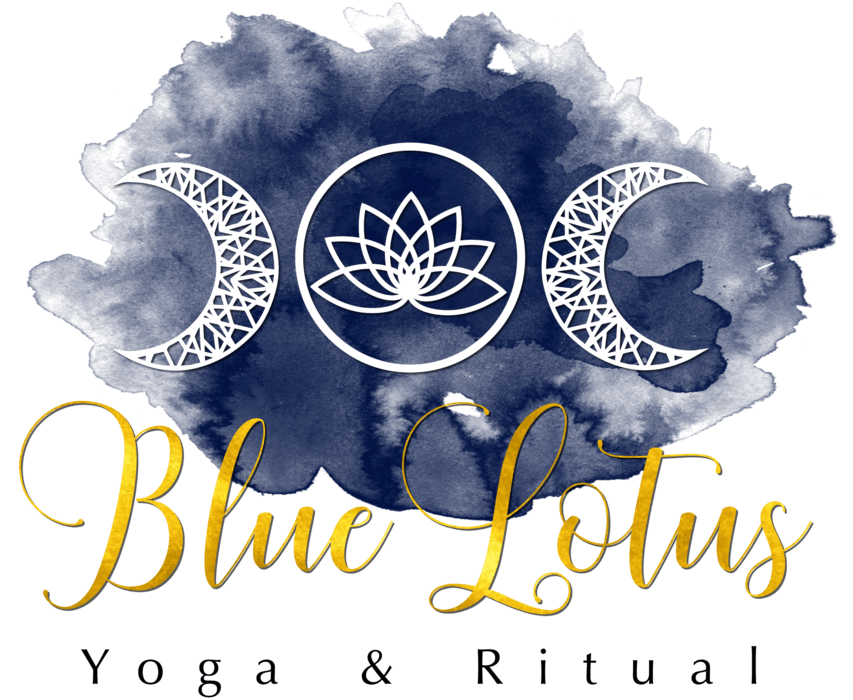When The Going Get's Tough
The Tough Get Going....In These 7 Ways!
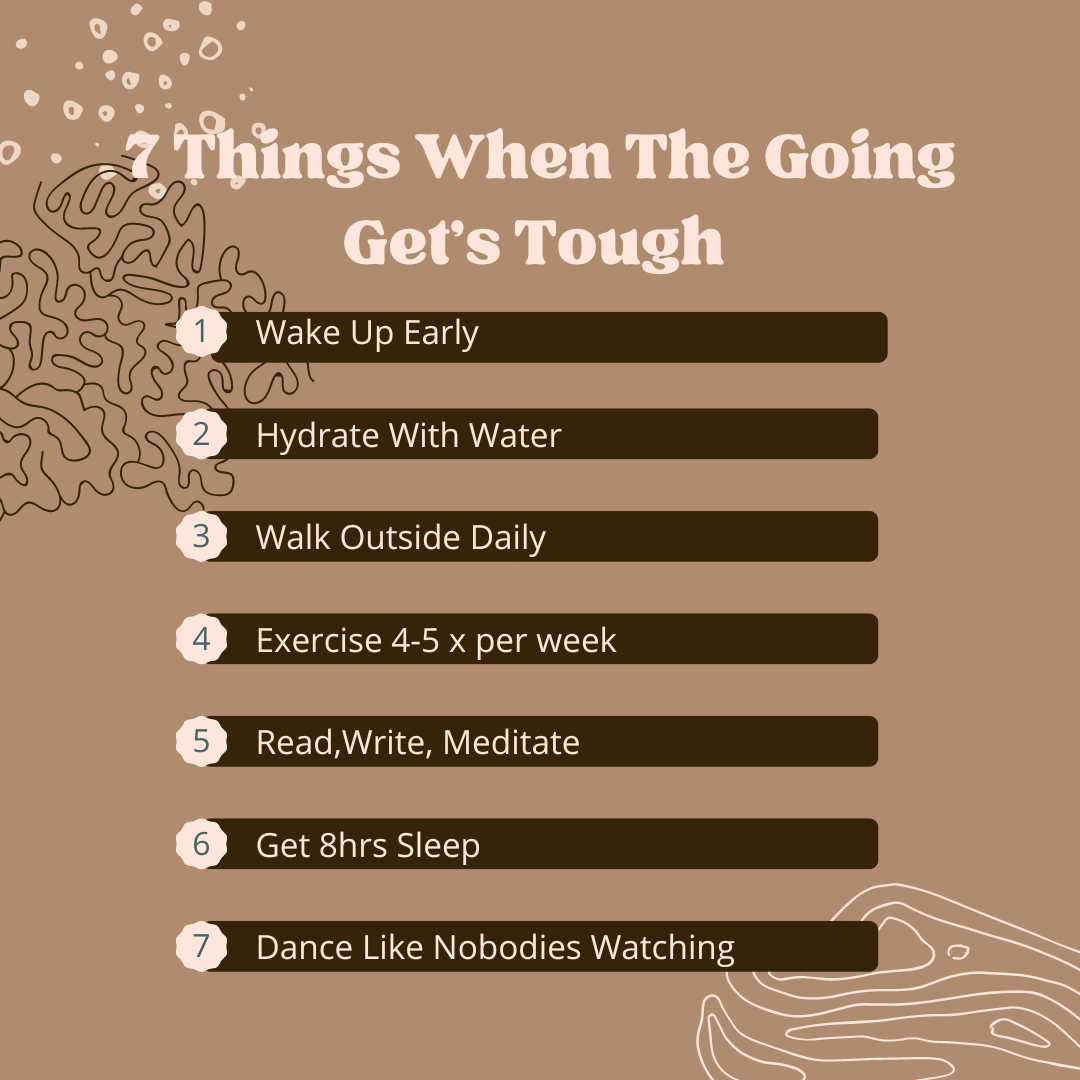
I'm not going to lie....even yoga teachers get stressed and have challenging periods in their lives and I am am certainly no exception.
Not to lay all my woe's at your door, but let's just say the last few weeks have reminded me why I practice yoga and brought me home to the stories of Maha Durga and her battle cry of, 'YES I CAN!'.
In times of struggle and stress it's all too easy to avoid the big feels and stressors and turn to numbing out medicaters (alcohol, shopping, drugs, mindless TV etc, just to name a few!)
in an attempt to escape the reality of the situation. Again, I am human and there has been a bit of that numbing out of late, BUT, the teachings that I have devoted the last 24 years of my life to, ask us not to avoid difficulties but to face the battle with Durga's spirit.....Tenacity, resilience, fearless heart, fierce compassion of Self and the remembrance that we are always stronger (and usually, more capable)
than we know.
So after a day of feeling sorry for myself, and having a good cry (Thanks to the dear friend that held my hand and space for me to blub!)
I dusted off my battle armour and took positive steps to prepare myself to move through the hard times.
Of course, this isn't the first time I have had to move through this territory, and I'm sure, you too have needed to access Durga's super powers at certain times of your life but exactly how to we access our Warrioress spirit?
These are the ways I have found that I can be in the best possible shape (physically, mentally and emotionally) to get through the tough times, so just in case you need to know......
- Wake up early ....Helps me to start my day with positivity and face the world when it's quiet and full of new possibilty and hope
- Hydrate with Water .....Dehydration can fog up your mind and leave you feeling fatigued and lethargic so glug down that pint of room temperature water when you wake
- Get outside and breathe in some fresh air to clear your mind and circulate good intentions
- Exercise 4-5 x per week .....This can look like walking your dog, hopping on your yoga mat, skipping, weight lifting, a bike ride, hike and chat with a friend.....just move for half an hour at least per session to build your stamina and muscle tone
- Read, write and meditate .....Write down all the S**T that is moving through your mind. Don't analyse it. No need to even read it back, just get it out of your system and your mind onto some paper. You can even burn said paper after you've got it all down....Great releasing ritual!!!! Read something positive. Even repeat your favourite affirmation and then sit quietly for 5-10mins. Do stick with it even when you're fidgeting and your monkey mind is all over the place. This cultivates discipline to stick with it, even when it feels too hard or just too much, it cultivates resilience.
- TRY to get 8 hrs solid rest . This is the very best medicine for your body mind
- Finally. ....pop on your favourite tunes, crank up the volume and loose yourself in some shapes......Kitchen disco's are my absolute must-do's when I'm feeling the strain. A good dance around the kitchen always helps me let go of the tension.
I know, I'm already on the other side of this latest challenge but, I'm still fitting these things into my day for the next time I need to harness my Durga power!!!
(BTW.....Did you really sing the Billy Ocean track when you started reading this post?)***Winking Face***
